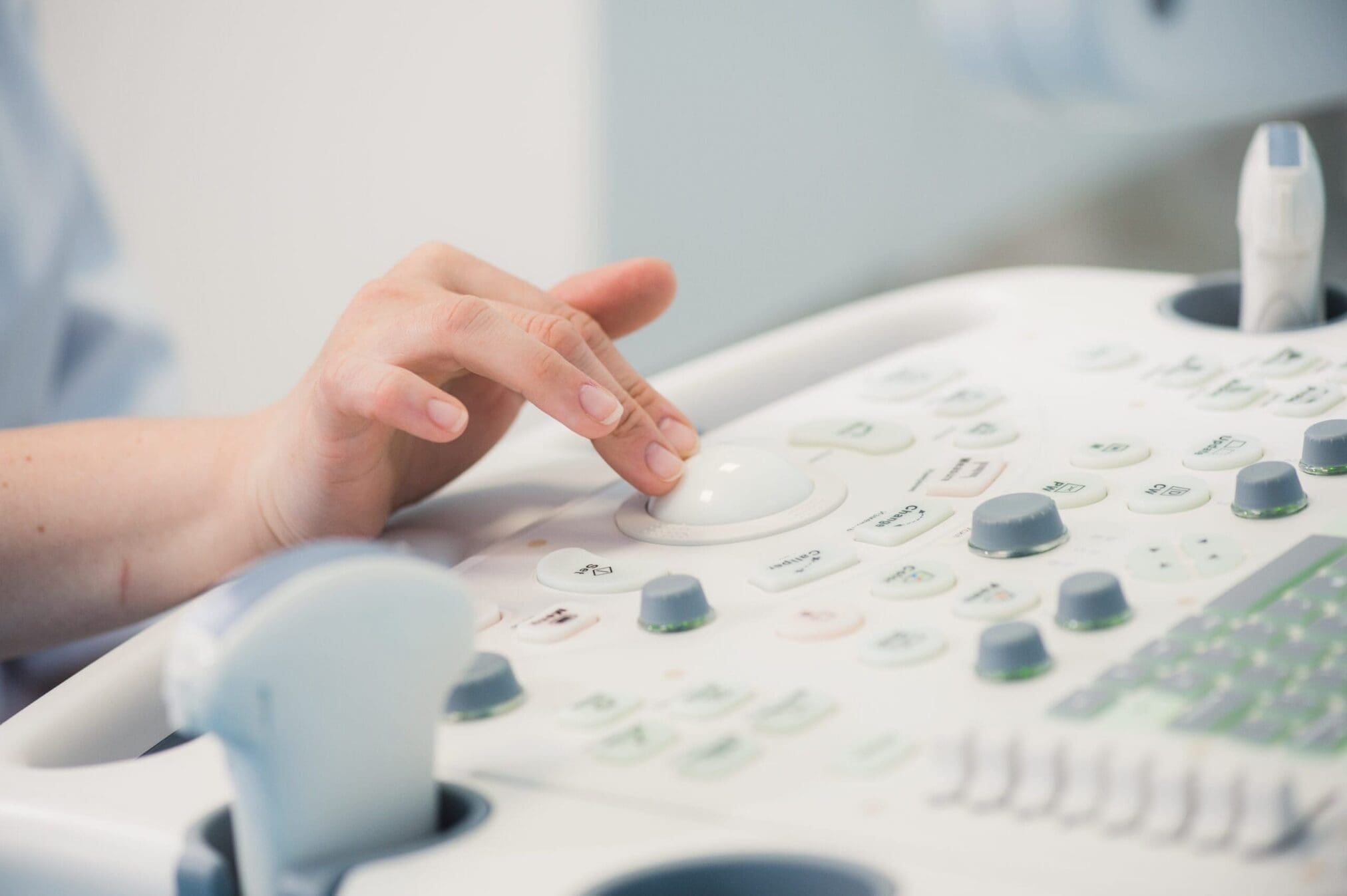After months of public consultation, The Scientific Committee on Emerging and Newly Identified Health Risks (SCENIHR) has now published the final Opinion on the safety of medical devices containing DEHP-plasticized PVC or other plasticizers on neonates and other groups that are possibly at risk.
The European Commission has also published a science fact sheet aimed at summarizing the basic findings and new studies on DEHP activity.
Manufacturers using the plasticizers in the medical devices should be aware of this final Opinion as it gives, for the first time, a scientific overview of the safety of DEHP in medical devices. So here is a brief description of the Opinion and what new findings were established by SCENIHR.
Aim and Scope
The Opinion is mainly focused on the potential health risk for patients with high exposure to DEHP or related plasticizing compounds leaching from medical devices. The exposure of the general population to plasticizers has also been addressed.
The assessment also includes information on currently available plasticizers as well as some proposed alternatives to DEHP in medical devices for neonates and other patient groups. Additionally, the Opinion is concerned with clinical procedures resulting from high DEHP exposure.
The present opinion is an update of the preliminary opinion adopted in February 2008. Although most of the 2008 opinion remains valid, new studies on DEHP activity and alternative materials are being developed as potential replacements for DEHP. Therefore, the scientific information published from 2008 up to now was reviewed and evaluated by the SCENIHR.
What was evaluated?
Taking into consideration recent scientific evidence,the SCENIHR was requested to evaluate the following:
- If DEHP in PVC plasticized medical devices is a cause for concern to neonates and children in paediatric care, in particular in relation to male fertility and tissue development;
- If there are other patient groups at risk, in particular in view of clinical procedures resulting in high exposure;
- If it is possible to establish Tolerable Intake Values (TIV) of DEHP leaching from soft PVC as a basis for risk assessment for high risk patient groups, taking into account the route of exposure;
- If it is possible to propose possible alternative approaches that could reduce potential risks either by identifying alternative practices or by identifying alternatives to the use of DEHP in PVC plasticized in medical devices.
Findings and conclusions
SCENIHR concludes that medical procedures using PVC medical devices can lead to higher exposure to DEHP compared to everyday sources affecting the general population.
Based on the available scientific evidence, SCENIHR draws the following conclusions:
- Adult patients undergoing haemodialysis have the highest exposure, due to the chronic nature of the treatment.
- Children are potentially at higher risk. This applies especially to neonates and infants due to their particularly low body weight but children in general are prone to high level of exposure due to their body weight.
- There is evidence suggesting that DEHP causes the most severe reproductive toxicity in animal studies, when compared with other alternative plasticizers. There is therefore a strong need to develop and collect data on the exposure of alternative materials in the actual conditions of use, in order to refine the knowledge on their toxicological profile.
What is DEPH and what are the concerns about it?
DEHP (di-(2-ethylhexyl) phthalate) is a phthalate, a chemical substance used to soften plastics like PVC (Polyvinyl Chloride). Phthalates are used in medical devices to make materials more pliable and comfortable to use. Among various substances, DEHP is the most frequently used plasticizer in PVC medical devices. DEHP may migrate from the device to the human body, resulting in a certain degree of patient exposure.
Safety concerns have been expressed for high-risk patient groups, such as neonates, infants, pregnant and breast-feeding women exposed to DEHP. The problem is that DEHP, like other phthalates, leaks out of the device it is used in and dissolves into fluids, like blood or liquid nutrients, or comes in contact with the skin, for example through wearing gloves. This raises concerns about possible health effects.
Want more information on this topic? Please contact us!


